capoeira: Broderhood of warriors – director comments
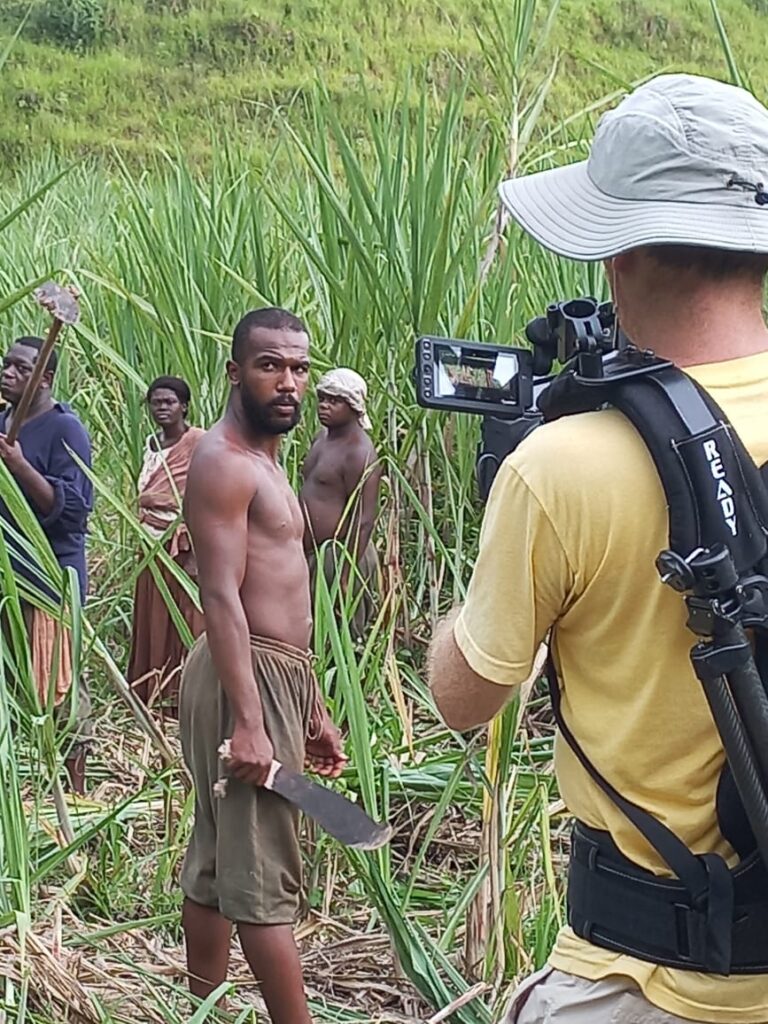
Capoeira: A Brotherhood of Warriors is a Brazilian documentary with reenactment that tells the story of the first historical document proving capoeira was used in combat. “Individual members of a capoeira gang released one of their peers through the use of capoeira”.
Screenwriter Thiago David brilliantly created a whole narrative based on this short historical document. During the writing stage, we already knew this film would be screened in other countries besides Brazil. So Thiago and I thought this would be an interesting opportunity to value one of the pillars of Brazilian culture, which is African heritage.
Capoeira is a martial arts style that originated in Brazil during the early colonial period and is probably the only one that is danced, sung, and fought at the same time. Capoeira arose during a violent historical period when African slaves lived in fear of being tortured and killed by their captives. Besides being subjected to an oppressive society, urban African slaves were often involved in territorial fights against rival gangs. So capoeira is not only a beautiful cultural dance, it is also a deadly fighting style that represented the only chance of survival for that group.
Executive Producer and Cinematographer Patrick Mauler and I considered a few locations in Brazil where we could still find intact colonial architecture, and we both agreed Paraty was the best option. That charming little city on the southeastern Brazilian coast looks perfect. And I knew other famous colonial period productions had been shot there.
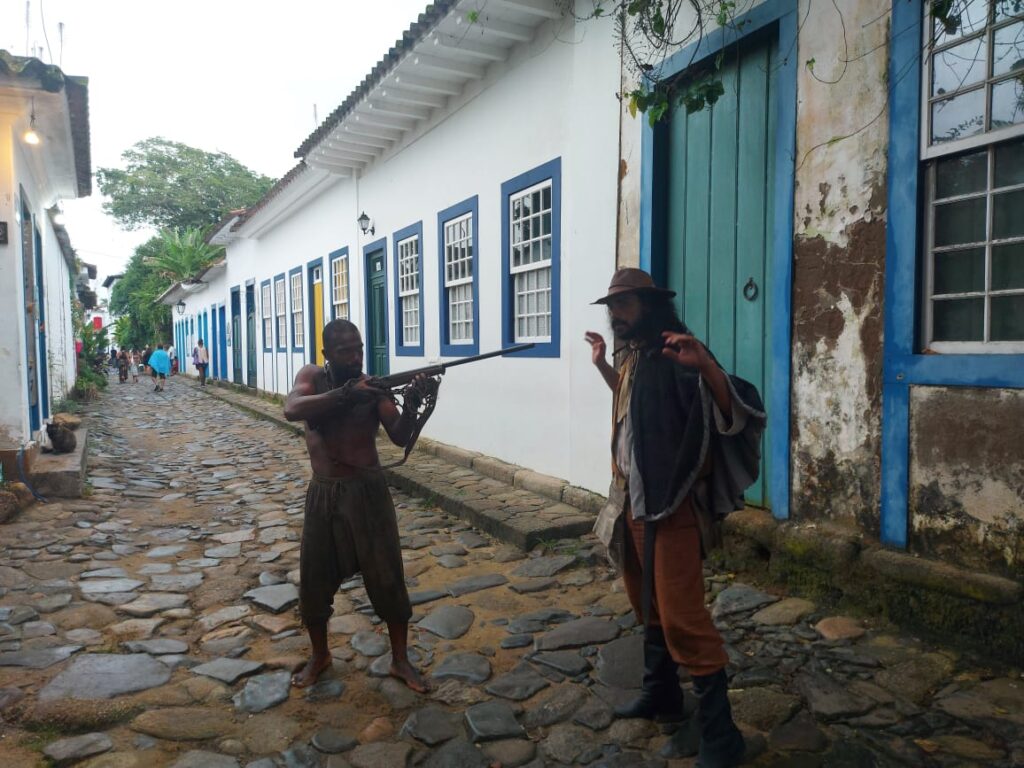
Paraty, Brazil
During the location scout, we contacted local capoeira practitioners who agreed to act and help me create the fighting choreography. Through them, we found out there was a “quilombo” nearby. Quilombos used to be hidden places in the woods where fugitive slaves would escape. Now, quilombos became alternative communities where the descendants of those slaves lived. I was amazed by that information. I’m a big enthusiast of working with non-actors when possible. I say when possible because I only do it when I’m convinced they can bring something organic, personal and genuine to the film. In this case, my sixth sense told me those descendants of real slaves would most likely carry that history in their DNA and in their spirits. And it ended up being one of the best decisions of my career as a director.
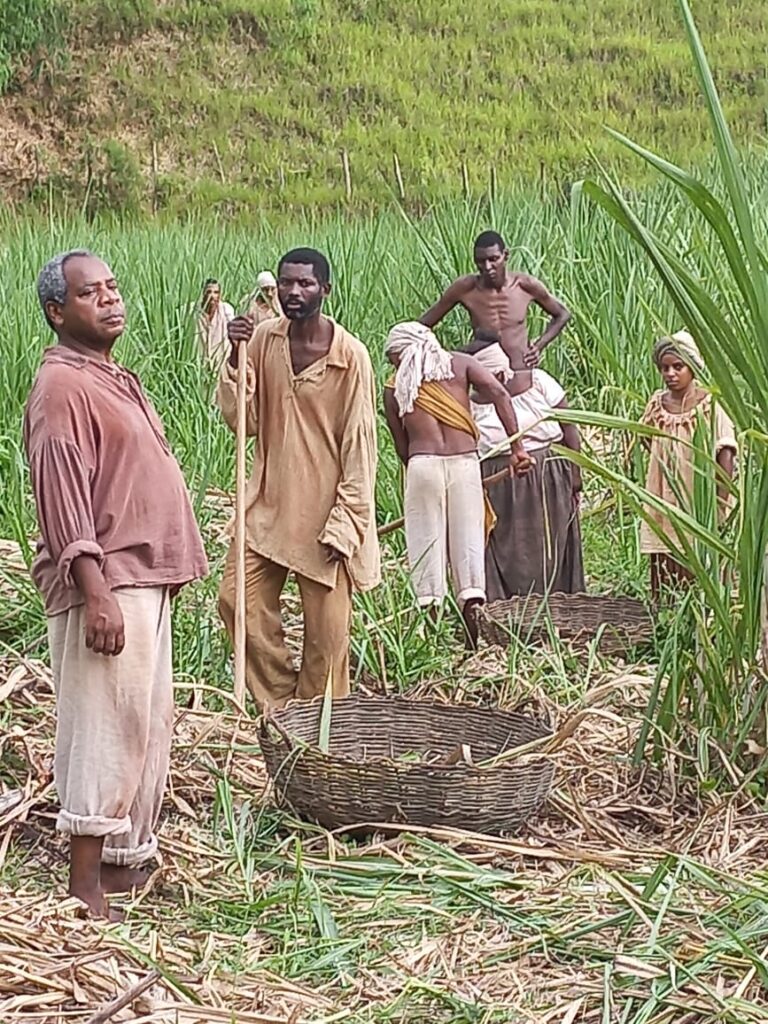
Sugar Cane Farm, Bananal, Brazil
Line Producer and Location Producer, Maurício Medina, found us a beautiful colonial farm that looked the same as it did during the colonial period. And the most impressive thing about that location was that it still kept the original “senzala”. Senzalas were the rooms where they kept the slaves when they were not working. Usually, they were located in small houses near the farm houses. But in this case, it was located in the basement of the main house. So the slaves on that farm literally lived under the feet of their owners. I cannot describe the claustrophobic and desperate feeling each of us had when we went inside that senzala. The ceiling was really low, and you couldn’t fully stand up. The ventilation was poor, and I could smell wet mold everywhere. The farm had a museum, and I asked the non-actors to go see it first. Then I did an exercise with them to connect themselves to their grandparents or great-grandparents heritage and how they lived in that place. The marks that tough life left in their bodies and in their souls. They took it seriously and really immersed themselves in that experience. Some of them changed the way they walked, spoke, and made facial expressions. And even more when they wore the costumes. During the shoot, all the crew got moved by their performances. This experience supported my theory that filmmaking and art in general are like going on a spiritual journey, and we should allow art to show us its mysteries instead of trying to put them inside a small premade box.
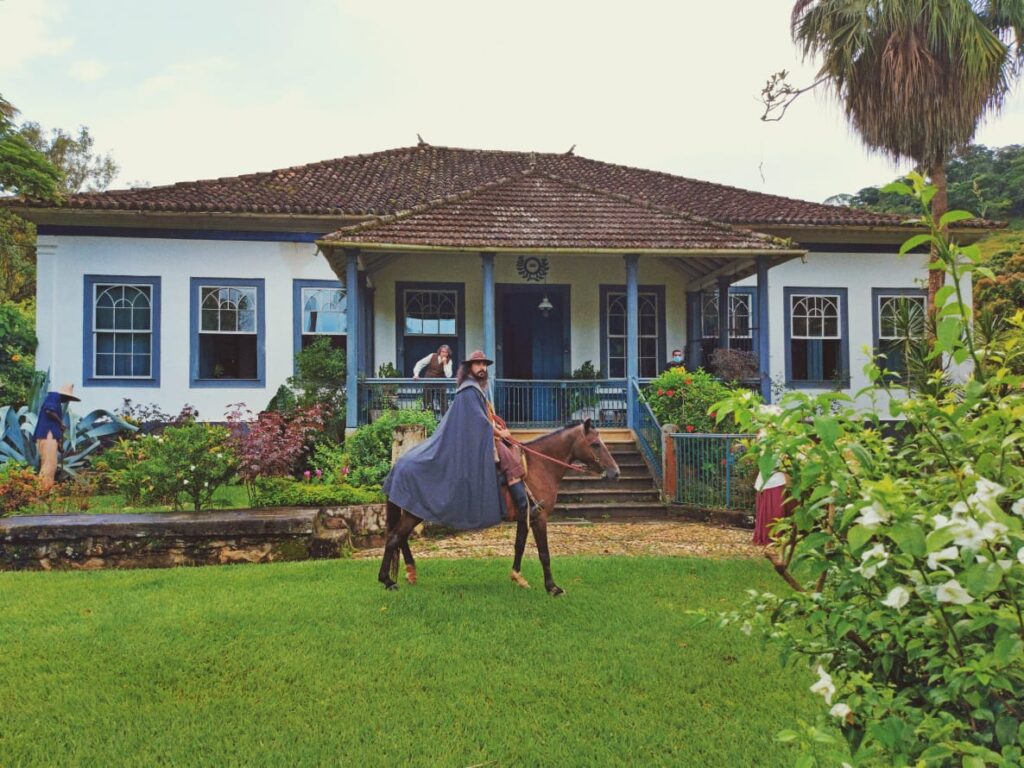
Colonial Farm, Bananal, Brazil
The music production was another interesting process. I contacted one of the capoeira masters I had interviewed, master Matraca and asked him if he would be interested in helping me with the music tracks. He couldn’t be happier to do it. So he came to the studio with his student. As soon as they started playing those rustic instruments and singing, the sound engineer and I looked at each other and smiled. We were soon immersed in the atmosphere and brought into a sort of trance. Capoeira music has religious roots, so I believe it brings the fighters to a heightened state of conscience, together with the rhythmic circular moves, and this is one of its secrets.
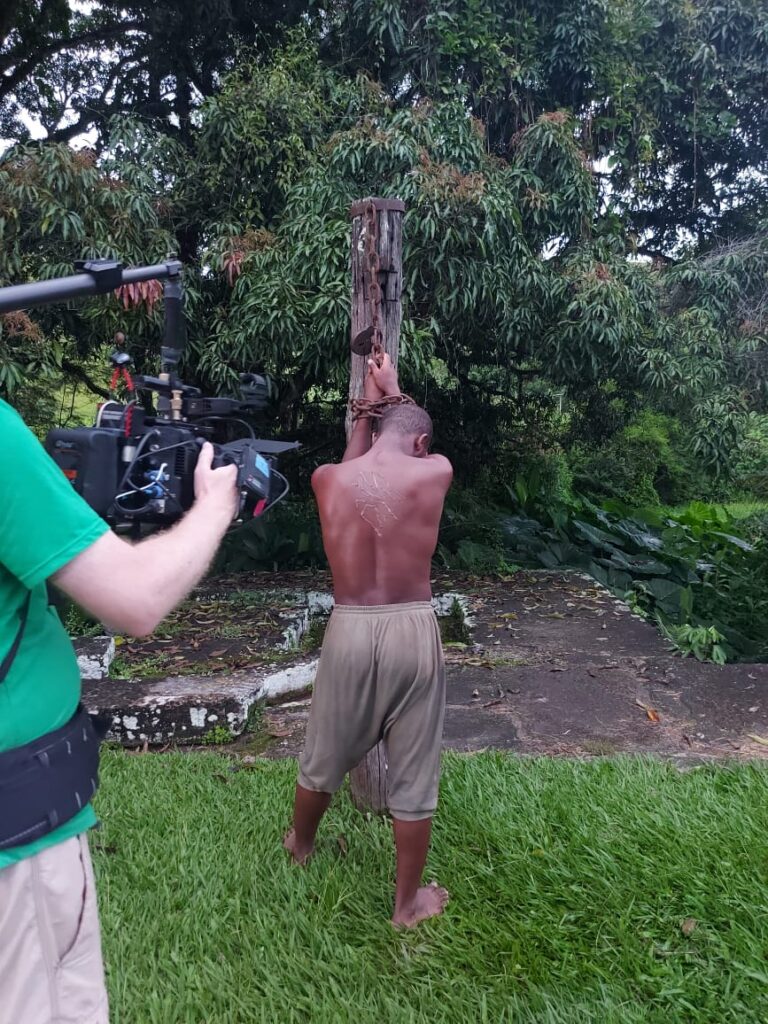
During the editing, I realized that, even as a Brazilian filmmaker, I had learned so many things about our history. There is a clichéd understanding of capoeira shared by most Brazilians, and those clichés have been repeated so many times in historical films and TV shows. So we managed to avoid those clichés and really tell the story of capoeira from a more mature and non-politically biased perspective. So I really feel that with Capoeira: A Brotherhood of Warriors, we managed to make real Brazilian cinema.


Leave a comment